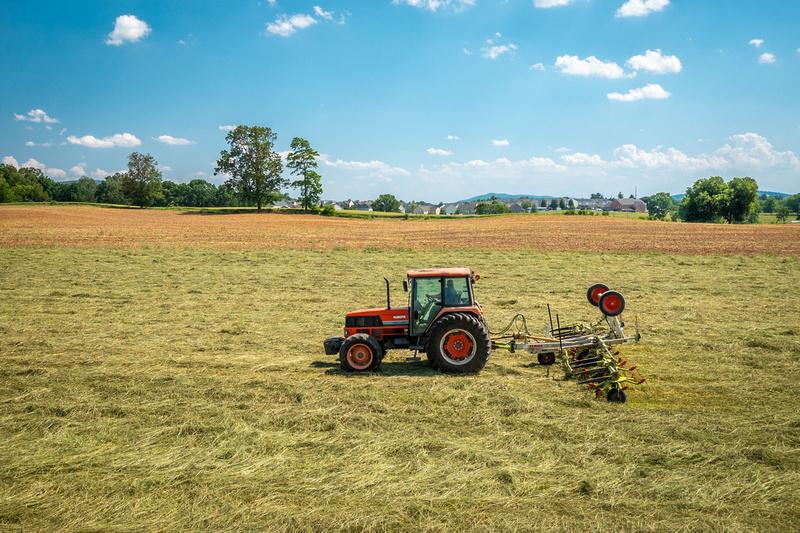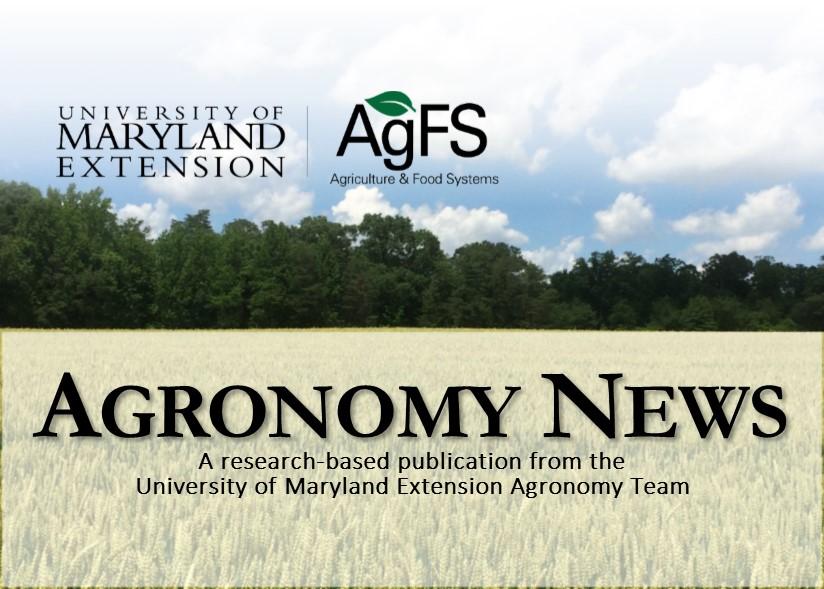Updated: October 23, 2024
How to Build a Low-Cost, Small-Scale Aquaponic System (EM-2023-0698)
Aquaponics is a soilless farming method that combines aquaculture and hydroponics. By combining the two methods the user achieves a mutually beneficial system of plant and fish production that can produce high-yield crops with limited space and water. This factsheet is a step-by-step guide to building a small aquaponics system using repurposed Intermediate Bulk Container (IBC) and parts easily found online or at your local aquarium and hardware stores. Do-it-yourself construction may save farmers money on startup costs and may provide a system with which they can learn and practice aquaponic methods before investing in larger or commercial-scale systems. Authors: Andrea Franchini, Jose-Luis Izursa, Neith Grace Little; Title: How to Build a Low-Cost, Small-Scale Aquaponic System
Updated: June 13, 2024
No-Till Spring Vegetables After Forage Radish Cover Crop (FS-1134)
A late August seeding of forage radish (Raphanus sativus L.) can eliminate the need for tillage before many early spring vegetable crops like spinach, beets, peas, onions, and even carrots under certain soil conditions in Maryland. In addition to reducing soil disturbance, not having to till prior to spring planting reduces labor requirements at a critical point in the season and may allow earlier planting. Forage radish, which winterkills when temperatures drop to 17-20°F, suppresses early spring weeds, allows soil to dry out and warm up, and provides an increased supply of N, S, P and other nutrients to crops in early spring. Because of the minimal amount of residue after forage radish, conventional planting equipment can effectively seed directly into the winterkilled cover crop without tillage. For early transplanted crops like onions, rows of radish can create holes into which transplants can be dropped. Experiment station results in Maryland and farmer trials throughout the mid-Atlantic and northeast have shown that this system requires a closed cover crop canopy in fall and may be ineffective in poorly structured, heavy soils. Authors: Natalie Lounsbury and Ray Weil; Title: No-Till Spring Vegetables After Forage Radish Cover Crop (FS-1134).



